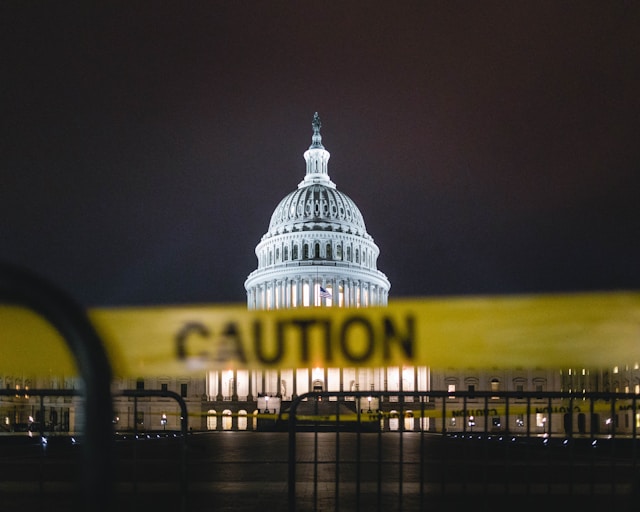“All politics is local.”
This phrase, most famously uttered by former Speaker of the House Tip O’Neill, means that politics begins and is driven by the issues that most concern the people a politician directly serves.
To use another O’Neill quote, “everything starts at your backyard, everything is local.”
The extensive relevancy of these quotes and their subsequent ideology is debated. However, Congress, specifically the House of Representatives, is the one institution where these quotes are extremely relevant.
This should be no surprise, given that Speaker O’Neill made them famous, but it’s really because of the nature and makeup of the House of Representatives.
The way the House is structured makes it the institution of the federal government most closely connected to the people and the institution most directly concerned with our local issues.
However, it is also because of this that we are seeing a heightened level of division within our government, influencing its effectiveness.
In this article, we’ll discuss why the division in the House of Representatives is growing stronger and how these divisions affect Congress’s overall productivity and ability to function effectively.



